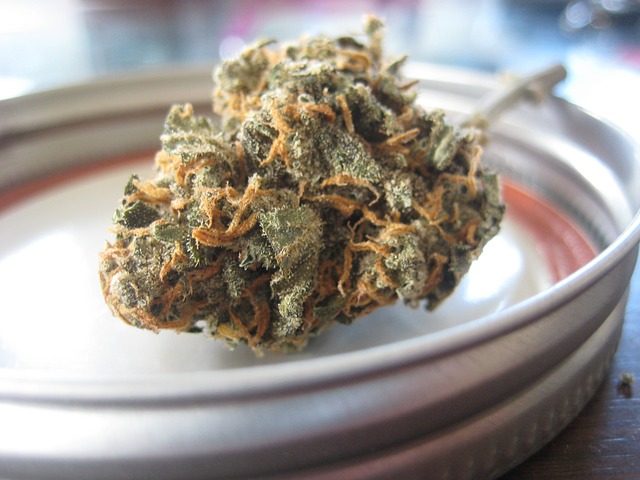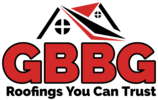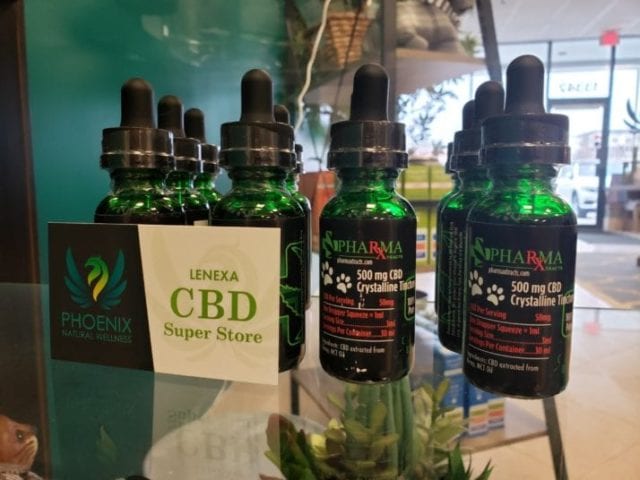Laws About CBD
In Belgium, not only drug laws cover the production, sale, possession and use of CBD. Other laws also regulate these different aspects. In this article we will look at the legislative framework on CBD. We will also zoom in on cannabidiol or CBD products. These products have recently been on the rise, partly due to the arrival of online and offline CBD shops and legal CBD stores. Still, many people have questions about the legal status of the sale, possession and use of these products.
The Drug Legislation
Belgian drug legislation came into being in 1921 and stems from Belgium’s official ratification of the Opium Convention of The Hague in 1914. In the years that followed this framework law was reformed several times and expanded with different laws, royal decrees and circulars. As a result, drug legislation is quite complex, making it difficult to read and apply consistently.
Since 2003, drug legislation for adults has distinguished between CBD and other illicit drugs. The use and possession of CBD remained punishable, but an attempt was made to decriminalize it. An article in the law made it possible for the police to register only the possession of CBD “for personal use”. However, this option did not exist for minors. When minors were caught with CBD, the police continued to draw up an official report and to send it to the public prosecutor. Many people then misinterpreted the law reform as legalization of CBD “for personal use”. A misconception that even to this day lives in many people’s minds.

In 2004 the above mentioned article was annulled by the Court of Arbitration, because, among other things, it was not clear what exactly was meant by a quantity of CBD “for personal use”. In 2005 a circular letter clarified this point. Since then, the police can give the lowest prosecution priority to adults who are caught with less than 3 grams of CBD or a maximum of 1 cultivated female plant. In that case only a simplified official report is drawn up and, since the circular of 2015, the CBD found must be confiscated. However, if there is a disturbance of the public order, aggravating circumstances or an indication of problem use, an ordinary official report is drawn up and sent to the public prosecutor for further processing.
Despite the above legislation, until September 6, 2017, there were some types of CBD that were not illegal under the law. These were synthetic variants that belonged to the so-called ‘legal highs’. These are substances that mimic the pharmacological effects of classic illegal drugs while having a different or modified chemical structure. As a result, many of these substances temporarily did not appear on the list of prohibited substances, making them temporarily ‘legal’. With the advent of the Royal Decree (RD) of September 6, 2017, this was put to rest. Read more info on federal and state law on CBD by going to this website.
With this Royal Decree a list was drawn up that describes the basic structures of prohibited substances and hereby also bans all derivatives. With this Royal Decree the following condition was added to the list of narcotics under international control according to the Single Convention of New York of 1961: “AND whereby the sum of [00e2][0088][0086]9-THC and THCA is always greater than 0.2%”. This condition was included to better streamline Belgian drug legislation with EU law for the cultivation of hemp. Hemp also has applications in the construction and textile industries.
It is on this limit of 0.2% tetrahydrocannabinol (THC) that many CBD shops and legal CBD stores now rely to legally sell hemp and CBD.




